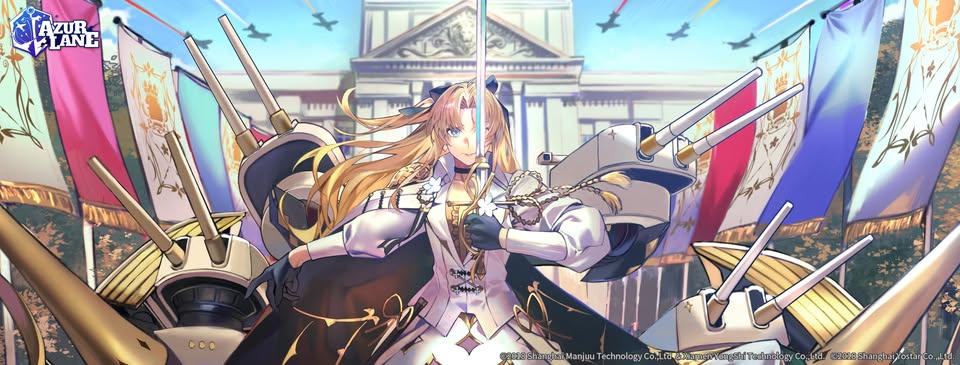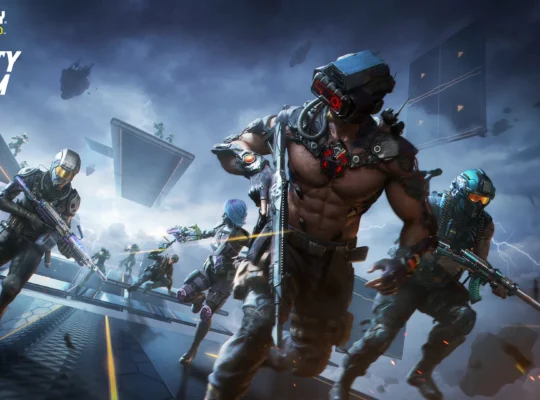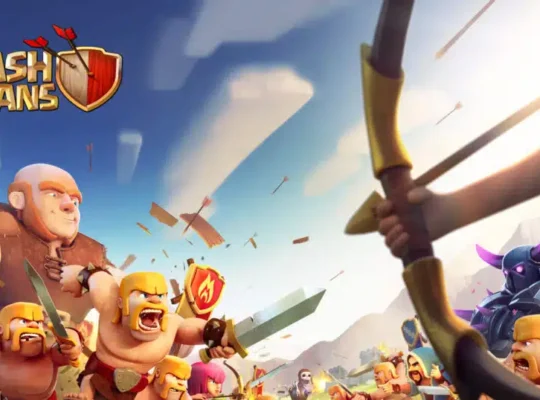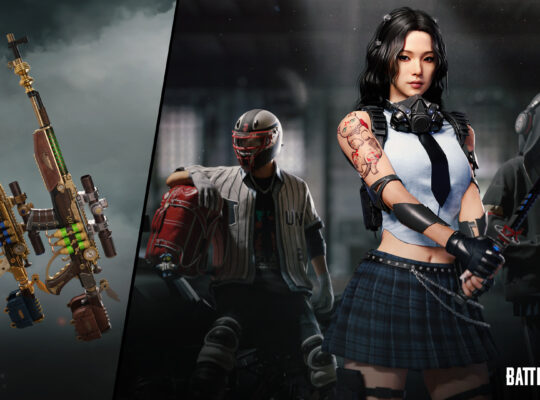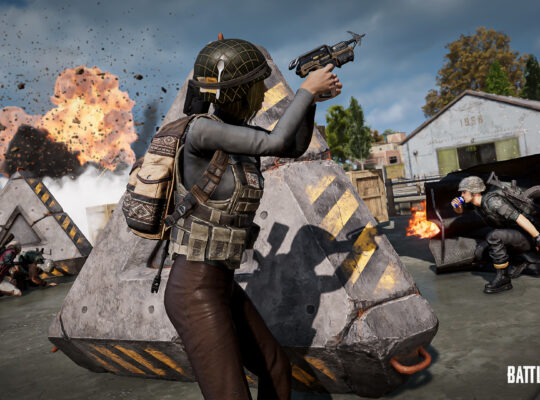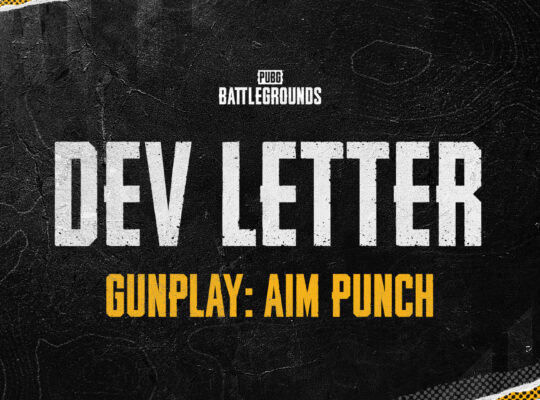Azur Lane remains one of the most dynamic naval-themed gacha games on the market, blending real-time side-scrolling action with deep strategy and ship collection. While the thrill of acquiring new ships and equipping them with the best gear is at the core of the experience, the game’s developers consistently refine the playing field through balance updates. These periodic stat tweaks and skill overhauls breathe new life into older ships, refine gameplay mechanics, and influence the ever-evolving meta. Understanding these changes is crucial—especially for experienced players looking to maintain top-tier fleets or optimize their favorite formations.
Why Balancing Updates Are Crucial for Ship Variety
In any gacha game, it’s common for some characters to dominate due to superior stats or synergistic skills. Azur Lane is no exception. However, what sets it apart is the developers’ willingness to revisit and refresh older or underused ships through regular balance patches. These updates aren’t just cosmetic—they often involve significant changes to a ship’s base attributes, skill effects, or ability activation rates. For players who’ve long since shelved certain ships, these updates offer a chance to dust off old favorites and find new relevance for them on the battlefield. With these improvements, even ships you once considered benchwarmers might suddenly have the power to outperform newer, flashier units in specific roles.
Eagle Union Ships Get a Well-Deserved Power-Up
Among the most recent beneficiaries of this rebalancing are ships from the Eagle Union faction. Several familiar names, including Saratoga, Portland, and Hammann, have undergone meaningful changes that have made them stronger both individually and in synergy with their teammates. Saratoga, for instance, now brings better compatibility when paired with carrier-heavy fleets, enhancing the group’s overall effectiveness. Meanwhile, Portland has been made more resilient and dependable, particularly when combined with high-performance ships like Enterprise or Essex. These changes open up exciting team composition possibilities and invite players to experiment with old combinations in fresh ways.
Skill Reworks That Redefine Roles
One of the most impactful aspects of these buffs lies in the overhaul of ship skills. Some destroyers that previously leaned toward passive support roles now come with improved offensive abilities or enhanced survivability. This redefinition of their combat identity allows them to contribute more actively in fights. Likewise, ships such as Montpelier and Honolulu have seen their skills upgraded to increase damage output or improve debuff effectiveness, making them increasingly attractive picks for PvP-focused lineups. These changes can drastically shift how ships are perceived in terms of value and utility across different game modes.
Changing Meta with Every Update
Every time balance changes roll out, the competitive landscape inevitably shifts. Ships that were previously overlooked start competing head-to-head with top-tier picks. The most recent update gave a noteworthy boost to a variety of light cruisers and destroyers, revitalizing their potential as frontline anchors or reliable damage dealers. Notably, ships like Atlanta and San Diego—once seen as niche or outdated—are now enjoying renewed attention as viable options in both PvE and PvP environments. These developments keep the game vibrant and constantly encourage players to adapt and rethink their fleet strategies.
Gear Selection Evolves with Ship Improvements
Buffs don’t just alter a ship’s stats—they often necessitate a reevaluation of gear choices too. When a ship’s role or combat behavior changes, so should the equipment you assign. For example, a destroyer that’s been rebalanced for offensive play may benefit more from torpedoes that enhance cooldown efficiency. Similarly, cruisers with newly improved durability might thrive with loadouts that were previously considered too aggressive. Keeping up with these changes is essential for maximizing the performance of your ships post-buff, and theorycrafting new loadouts can lead to surprising results in actual gameplay.
Reworking Your Core Fleet with Refreshed Ships
Now is a great time to revisit your fleet composition. Balance changes can give new life to ships that have been sitting idle in your dock for months. A newly buffed unit might outperform your current mainstay in a particular type of mission or bring unexpected synergy to an established team. Before investing heavily, it’s smart to test these ships in training drills or limited-time events. This trial period allows you to gauge how well they fit into your preferred tactics and whether they’re worth promoting or investing resources into long term.
A Living Game That Rewards Long-Term Play
One of the most rewarding aspects of Azur Lane is how it continues to evolve and reward players for staying engaged. The developers consistently prove their dedication to balance by making sure no ship is permanently left behind. These adjustments aren’t just numerical—they’re thoughtful and often inspired by community feedback and in-game data. For long-time players, this means there’s always something new to try, even with ships you’ve had since early game. And for newcomers, it ensures that the path to building a strong fleet isn’t limited by the age or rarity of a ship.
As Azur Lane continues to grow, so does the importance of staying informed about stat updates and skill enhancements. Each patch brings new possibilities, challenges old assumptions, and encourages strategic experimentation. Whether you’re revisiting an old favorite or building your dream lineup from scratch, these buffs make sure there’s always a reason to dive back into your dock and explore new combinations.
